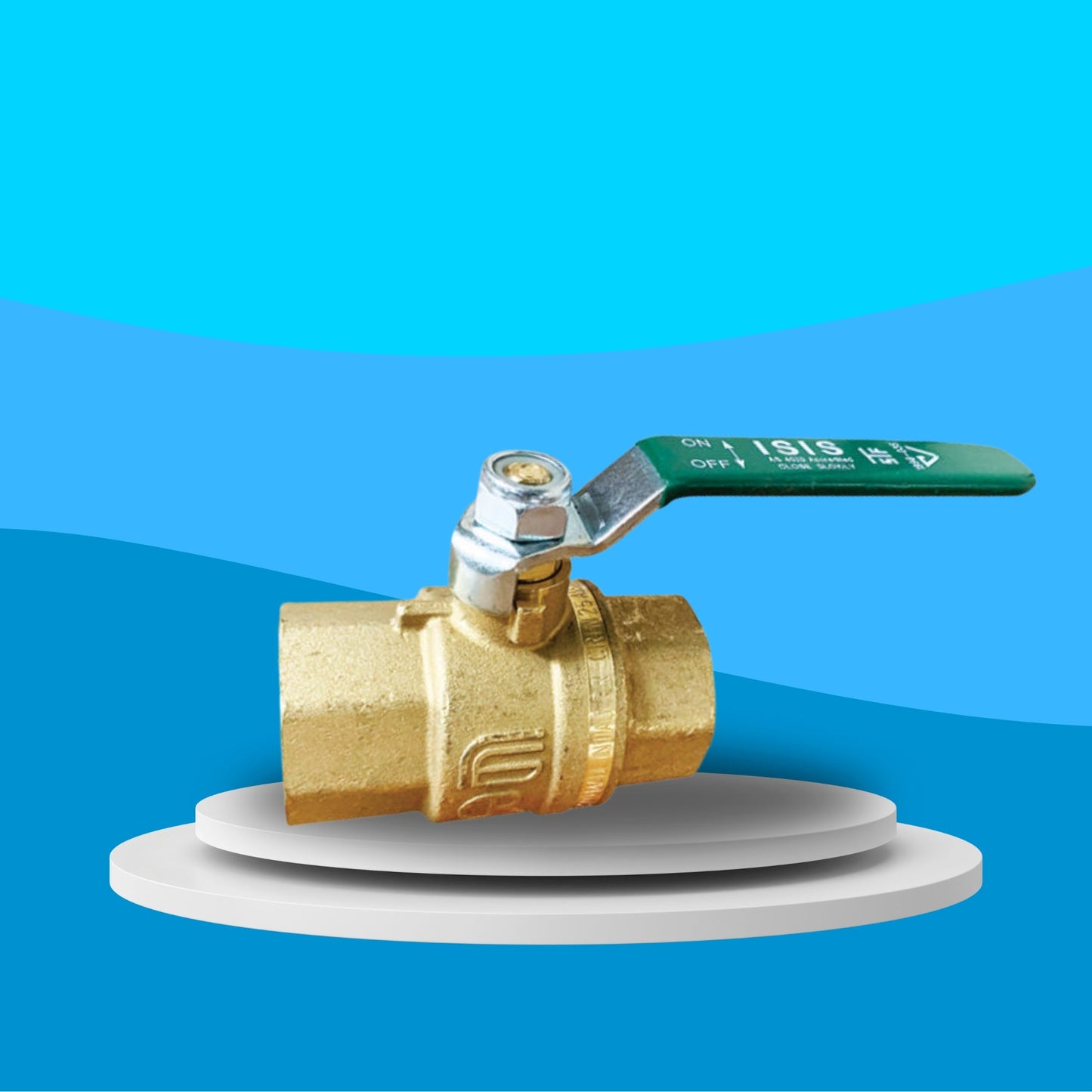Wras Valves
Wras Approved DZR Brass Ball Valve - Screwed BSPP (Green Lever Operated)
Wras Approved DZR Brass Ball Valve - Screwed BSPP (Green Lever Operated)
Couldn't load pickup availability
WRAS Approved | DZR Brass | BSPP Threaded Ends | Full Bore | Green Lever Handle
The WRAS Approved DZR Brass Ball Valve with Screwed BSPP ends and a green lever handle is engineered for secure, high-performance flow control in potable water systems. Constructed from Dezincification Resistant (DZR) brass, this valve is specifically designed to withstand corrosion and deterioration in aggressive or hard water environments—making it a reliable choice for both residential and commercial plumbing.
The screwed BSPP (British Standard Pipe Parallel) threaded ends allow easy and leak-free installation into compatible threaded pipework. With a full bore design, this valve provides maximum flow capacity and minimal pressure drop, ensuring efficiency in both low and high-demand systems.
The green lever handle allows for fast, visual control, providing quick shut-off capabilities in emergency or maintenance scenarios. Fully WRAS certified, this valve complies with UK regulations for safe use with drinking water, giving installers and system owners full confidence in its safety, performance, and long-term reliability.
WV - 2411
Share

FAQ's
What is the difference between a valve and an actuator?
What types of actuators are available?
The main types of actuators are:
Pneumatic actuators – use compressed air for fast, reliable operation.
Electric actuators – use electrical power for precise control.
Hydraulic actuators – use fluid pressure for high-torque applications.
Each type offers unique advantages depending on the environment, media, and system control needs.
How do I choose the right actuator for my valve?
To select the correct actuator, consider:
Valve type and torque requirement
Power source available (air, electric, or hydraulic)
Operating environment (temperature, humidity, hazardous area)
Control signal type (on/off or modulating)
Matching actuator torque and compatibility with the valve’s ISO mounting ensures reliable performance.
What are the main types of valves used in automation?
The most common valves in automated systems include:
Ball valves – for tight shutoff and quick operation.
Butterfly valves – for larger flow control with compact design.
Globe valves – for precise throttling and flow regulation.
Check valves – to prevent backflow.
Gate valves – for full bore flow isolation.
What’s the difference between a double-acting and spring-return actuator?
Double-acting actuators use air (or power) to both open and close the valve.
Spring-return actuators use air to open (or close) the valve, and a built-in spring to automatically return it to a safe position when power or air is lost — ideal for fail-safe operation.
How often should valves and actuators be serviced?
Regular maintenance intervals depend on operating conditions, but a good rule of thumb is to inspect every 6–12 months.
This includes checking for leaks, lubrication, seal wear, and actuator responsiveness to prevent unexpected downtime.

